The group comprised of three fighter squadrons of around thirty aircraft each. It trained in Burma before the American entry into World War II with the mission of defending China against Japanese forces. The group of volunteers were officially members of the Chinese Air Force.
The group first saw first combat on 20 December 1941, twelve days after Pearl Harbor. It demonstrated innovative tactical victories when the news in the U.S. was filled with little more than stories of defeat at the hands of the Japanese forces.
On 4 July 1942 the AVG was disbanded. It was replaced by the 23rd Fighter Group of the United States Army Air Forces, which was later absorbed into the U.S. Fourteenth Air Force with General Chennault as commander. The 23rd FG went on to achieve similar combat success, while retaining the nose art on the left-over P-40s.
Jack D. Canary Special Collection Photo
Jack Canary was a Tech Rep with North American Aviation in China during World War Two. After the War, he continued to work with NAA and also built and restored aircraft. He worked as a consultant on the film “Tora, Tora, Tora” and was killed while flying a PT-22 for the film in 1968. [via]
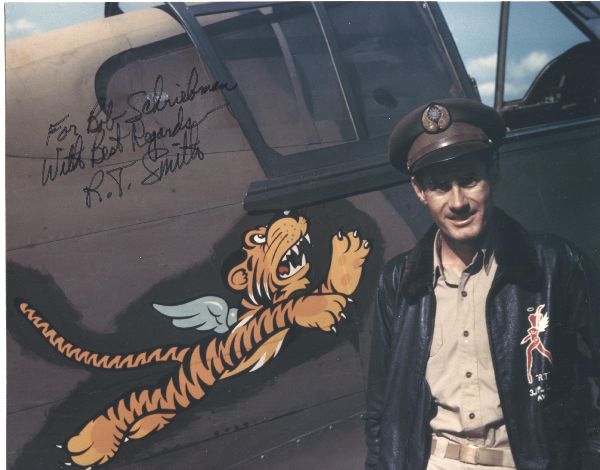
R.T. Smith next to the Disney “Flying Tiger” decal on the side of P-40 Tomahawk #40 in Kunming, China on May 23, 1942. [via]
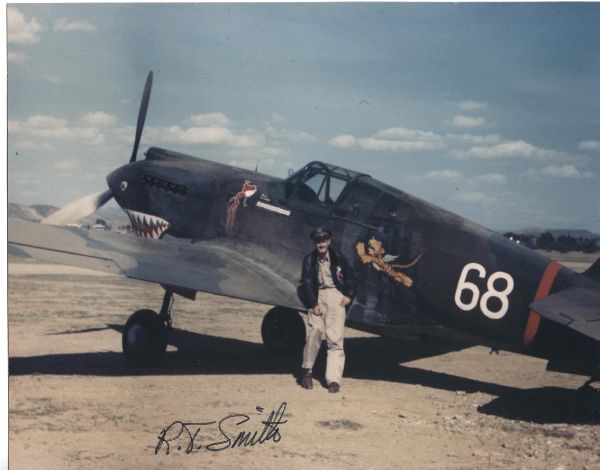
R.T. Smith next to Chuck Older’s P-40 Tomahawk #68 in Kunming, China on May 23, 1942. [via]
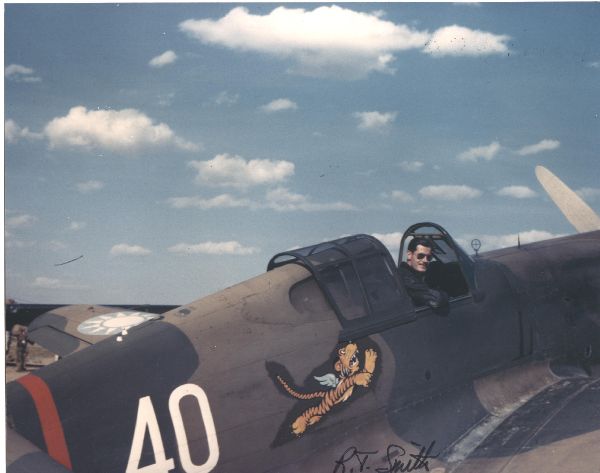
R.T. Smith in the cockpit of P-40 Tomahawk #40 in Kunming, China on May 23, 1942. [via]
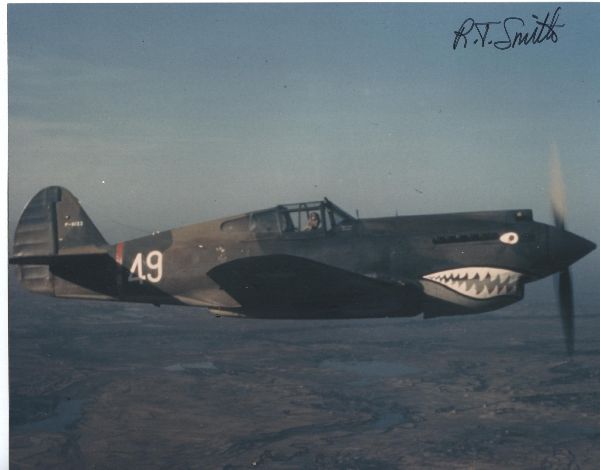
The photograph P-40 Tomahawk #49 flown by Tom Hayward of the Third Pursuit Squadron — Hell’s Angels — of the American Volunteer Group was probably taken from aircraft #47 on May 28, 1942 near the Salween River Gorge on the China-Burma border. [via]
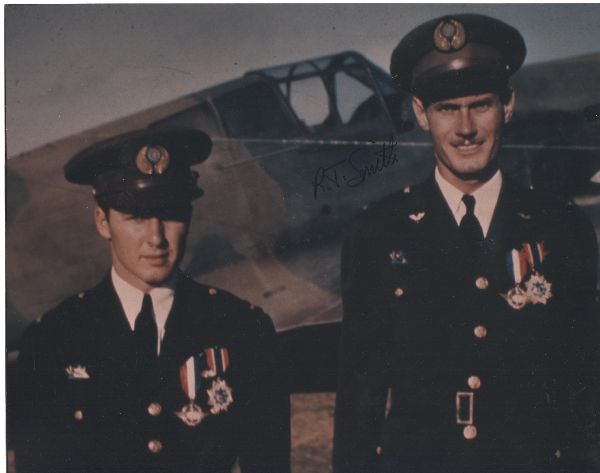
Chuck Older and R.T. Smith after being decorated with the Fifth Class Order of the Cloud and Banner and the Star-Wing Metal in front of a P-40 Tomahawk at Yunnanyi, China. The photograph was taken on June 6, 1942. [via]
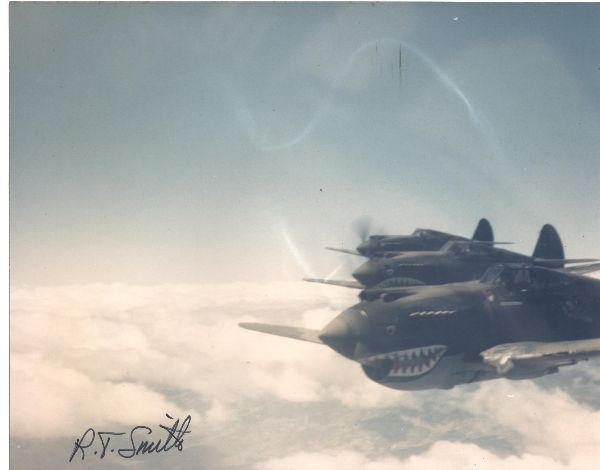
The photograph of the Third Pursuit Squadron — Hell’s Angels — of the American Volunteer Group was probably taken from aircraft #47 on May 28, 1942 near the Salween River Gorge on the China-Burma border. The shot of P-40 Tomahawks includes #68 flown by Arvid Olson, #46 flown by Bob Prescott, and #24 flown by Ken Jernstedt. [via]
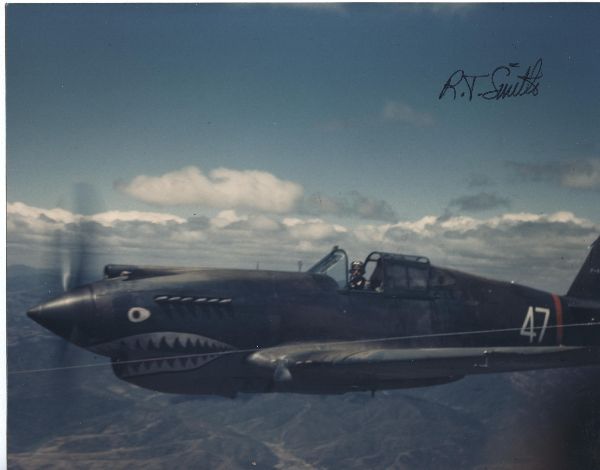
The photograph P-40 Tomahawk #47 flown by R.T. Smith of the Third Pursuit Squadron — Hell’s Angels — of the American Volunteer Group was probably taken on May 28, 1942 near the Salween River Gorge on the China-Burma border. [via]
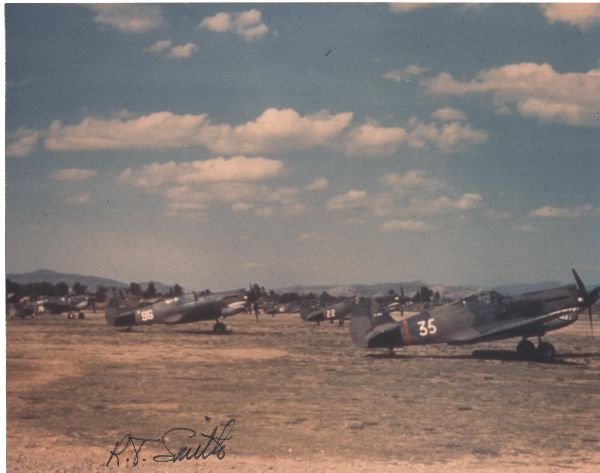
AVG Third Squadron P-40 Tomahawks #75, #96, #47, #22 and #35 parked at Kunming in May 1942. [via]

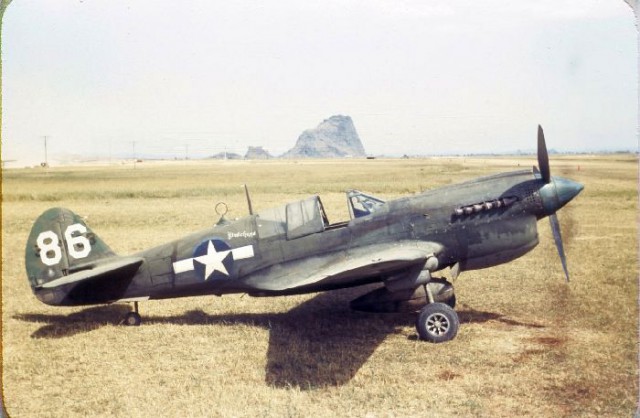
Δεν υπάρχουν σχόλια:
Δημοσίευση σχολίου